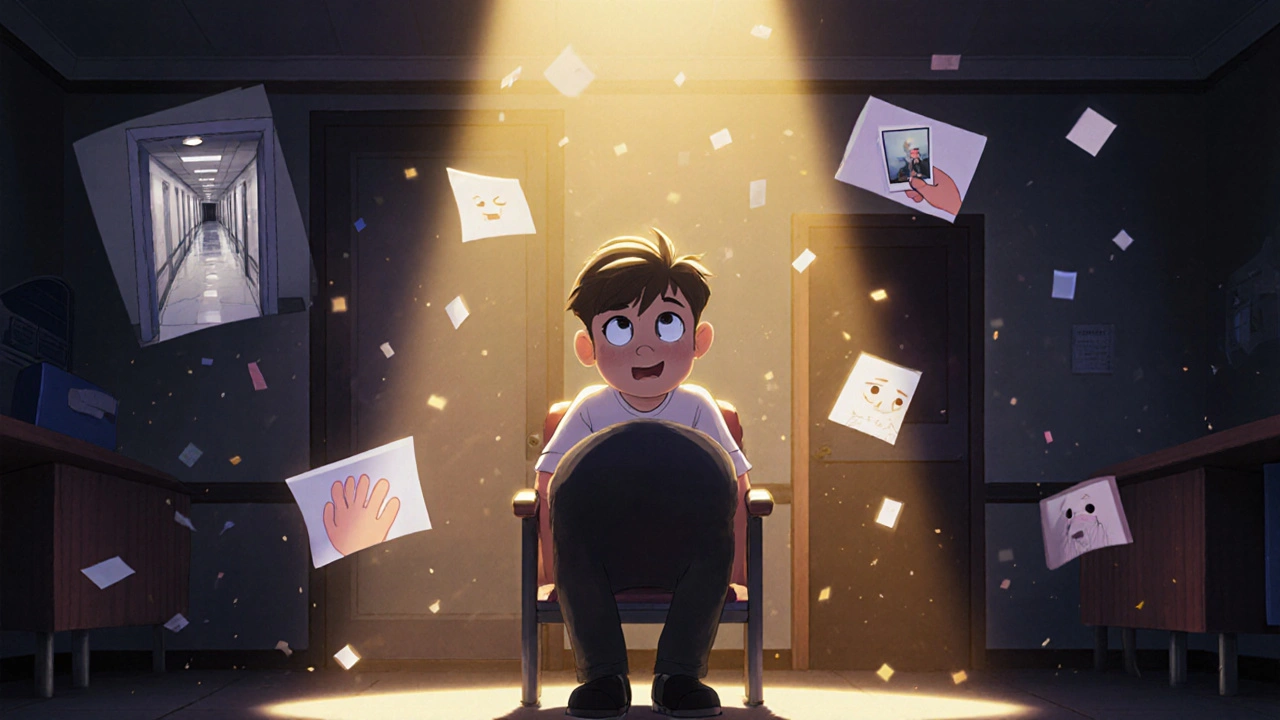Method Acting: What It Is and How It Shapes Powerful Film Performances
When you see an actor cry so real you feel guilty for watching, or hold a silence so heavy it echoes—you’re likely seeing method acting, a performance technique where actors draw from their own emotions and memories to embody a character. Also known as the Method, it’s not about pretending—it’s about becoming. This isn’t just theater trickery. It’s a system built on psychological truth, and it’s behind some of the most unforgettable performances in film history.
It started with Stanislavski, a Russian theater practitioner who developed the first systematic approach to realistic acting in the early 1900s. He pushed actors to dig into their own lives to find truth in every line. Later, Lee Strasberg, a key figure in American theater who brought Stanislavski’s ideas to the Actors Studio in New York, made it famous—or infamous—by focusing on emotional memory. That’s the part where actors recall their own painful or joyful memories to fuel a character’s reaction. Marlon Brando used it to turn Stanley Kowalski into a raw force of nature. Robert De Niro gained 60 pounds for Taxi Driver and lived alone in a New York apartment for months just to feel the isolation of Travis Bickle. These aren’t stunts—they’re commitments.
But method acting isn’t for everyone. Some say it blurs the line between actor and role, risking mental health. Others argue it’s the only way to reach true depth. Either way, it changed how we see performance. You can’t watch a scene from On the Waterfront or The Godfather without feeling the weight of something real. That’s the power of this approach. The posts below dive into how this technique shows up in films, what it costs actors, and why directors still chase it—even when it makes production hell. Whether you’re an actor, a film student, or just someone who gets chills during a quiet moment on screen, you’ll find something here that makes you look at performances differently.
Crying on cue isn't about forcing tears-it's about accessing real emotion. Learn how actors create authentic tears using memory, physiology, and emotional truth, and why the industry is moving away from fake crying techniques.
View More

